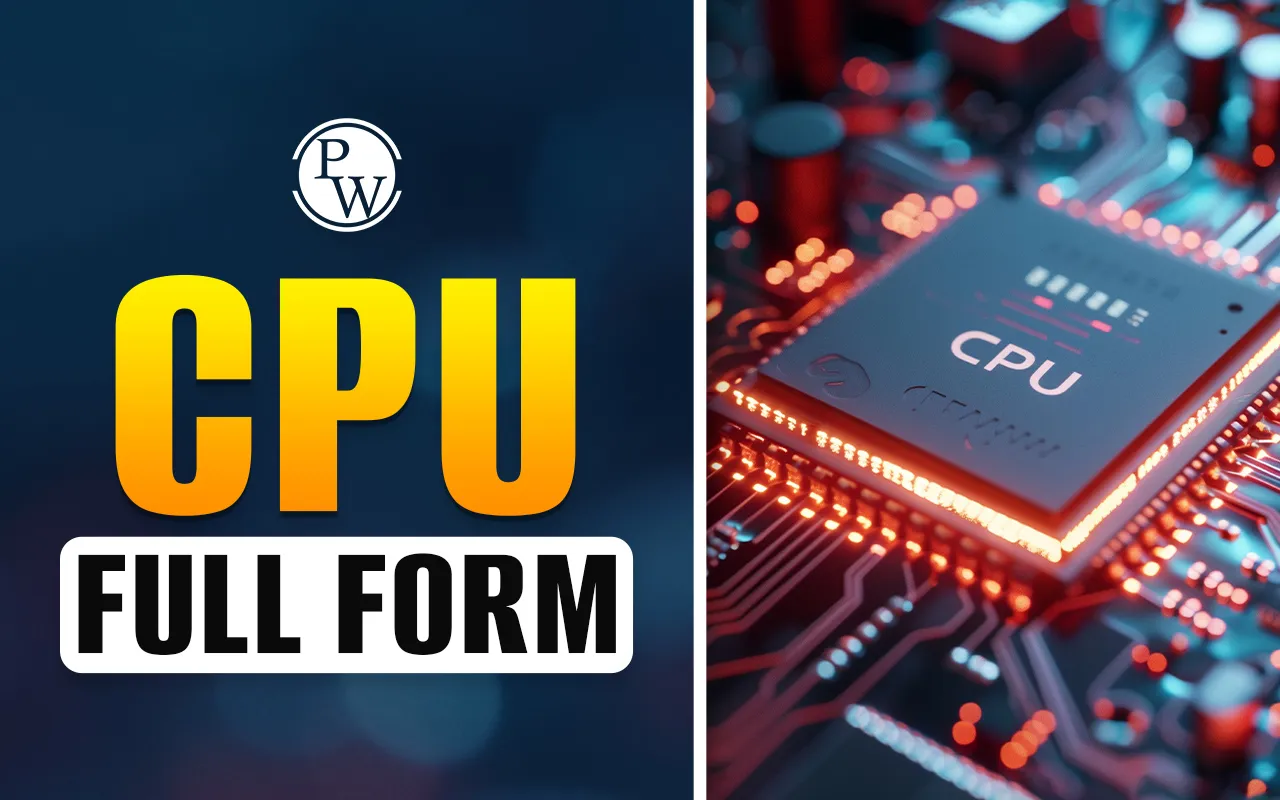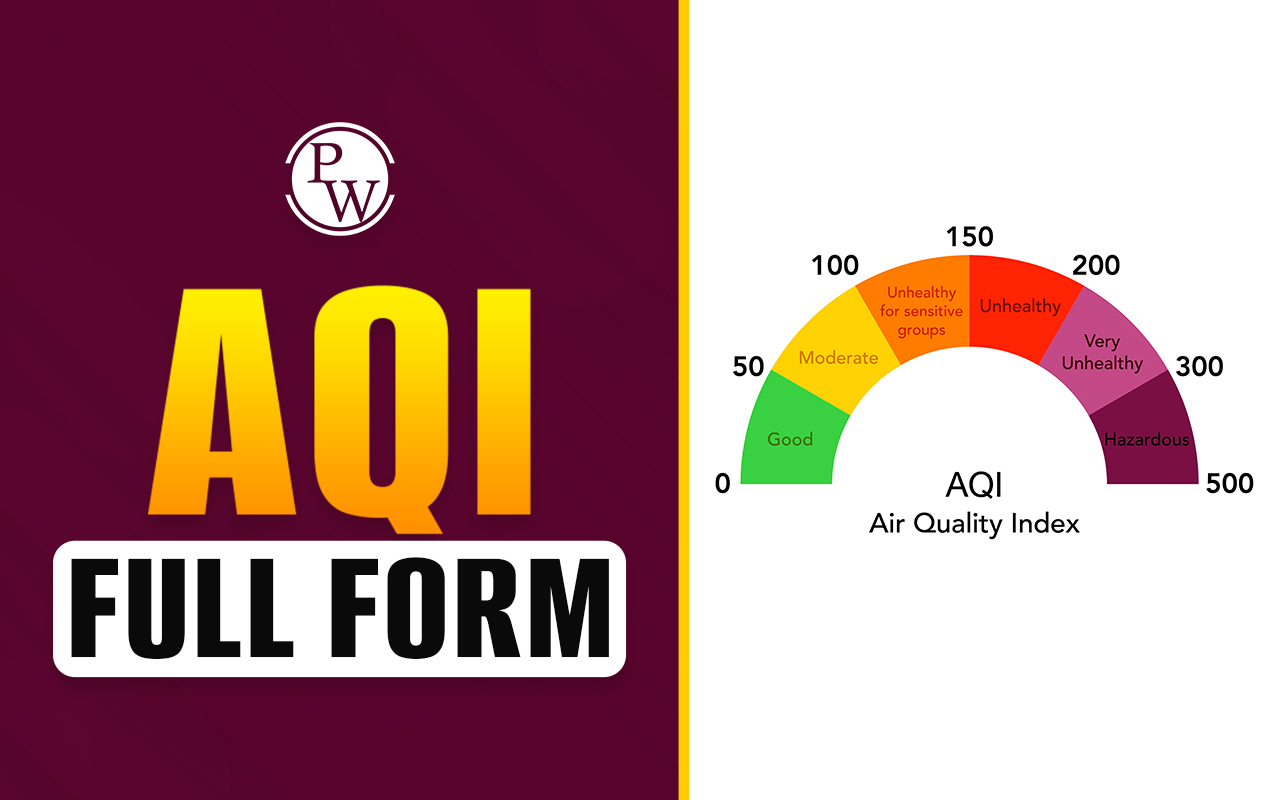

CPU full form: CPU is the crucial part of a computer which is also known as brain of computer. It takes control of processing data, getting instructions from programs, and managing other components of the computer, such as memory and input/output devices.
The function of CPU is to run software, do calculations, and make sure everything functions properly in the computer unit. There are multiple cores in modern CPUs which enable them to manage numerous tasks simultaneously, which also increases the speed of computer and its efficiency.
For students, working professional and anyone who is working on computer should have an understanding about CPU as it is the brain of all computing processes.
What CPU Full Form?
CPU full form is Central Processing Unit. The CPU takes charge of executing commands from software applications, carrying out arithmetic and logic operations, and facilitating communication between different hardware parts in computers.
|
Breakdown of CPU Full Form |
|
|---|---|
|
Letter |
Full-Form |
|
C |
Central |
|
P |
Processing |
|
U |
Unit |
Meaning of Each Letter in CPU
Meaning of each letter in CPU Full Form are mentioned below
-
C - Central: Shows that a computer's CPU is its primary control centre.
-
P - Processing: Refers to carrying out directives, computations, and decision-making processes.
-
U - Unit: Represents that it is a single functional component that integrates multiple tasks.
Did You Know?
Intel’s first CPU, the 4004 (1971), had only 2,300 transistors. Modern CPUs have billions.
History of CPU
When the first computer was made, it CPU was huge in size and has gone through various signification process. Initially in 1940s, the data was processed using vacuum tubes. As vacuum tubes were replaced by transistors in the 1950s and 1960s, CPUs became more dependable, faster, and smaller.
The development of the microprocessor in the 1970s revolutionised computing by combining the CPU onto a single chip. With their multiple cores, fast clock speeds, and advanced design, modern CPUs allow computers, laptops, and supercomputers to execute billions of calculations every second.
CPU Parts and Functions
CPU will consist of a number of important parts, each of which has an important role to maintain the smooth functioning of your computer. Together, these components carry out calculations, control data flow between memory and other devices, and collect, understand, and execute instructions.
Knowing these elements makes it easier to understand how computers complete tasks precisely and rapidly. table below contains CPU parts and functions:
|
CPU Parts and Functions |
|
|---|---|
|
CPU Part |
Function |
|
ALU (Arithmetic Logic Unit) |
Performs arithmetic operations like addition, subtraction, and logic operations like comparison |
|
Control Unit (CU) |
Directs the flow of data between CPU, memory, and peripherals. It interprets instructions and ensures proper execution |
|
Registers |
Temporary storage areas for data and instructions currently being processed |
|
Cache Memory |
High-speed memory within CPU to quickly access frequently used instructions and data |
Did You Know?
CPUs perform billions of calculations per second, thanks to high clock speeds.
Types of CPU
CPUs come in different types depending on their performance, architecture, and intended use. Each type is designed to handle specific tasks, from basic computing to high-performance operations in servers and gaming systems. Check table below for types of CPU:
|
Types of CPU |
|
|---|---|
|
Type of CPU |
Description |
|
Single-Core CPU |
Has one processing core, can handle one task at a time |
|
Multi-Core CPU |
Contains two or more cores, allowing multiple tasks simultaneously |
|
Microprocessor |
CPU on a single chip, used in most modern computers and devices |
|
Embedded CPU |
Built into devices like washing machines, cars, and smart gadgets for specific tasks. |
|
Desktop CPU |
Designed for personal computers, balancing performance and cost |
|
Server CPU |
High-performance CPUs used in servers and data centers for heavy workloads |
How CPU Works?
Full form of CPU in computer is Central Processing Unit. The CPU is the brain of a computer. It fetches instructions, decodes them, and executes tasks. This cycle happens millions of times per second, enabling fast and efficient performance. Modern multi-core CPUs can handle several tasks at once, making computers quicker and more capable. Below are some point how CPU works:
-
Fetch: Retrieves instructions from the computer’s memory.
-
Decode: Interprets the instructions to determine the required actio
-
Execute: Performs the task, whether a calculation, logic operation, or data transfer.
Did You Know?
Modern CPUs can perform over 100 billion instructions per second
Where CPU Is Used and Examples
CPU is necessary for all computing devices which is used in all places like schools, colleges, professional workplaces, for conducting exams like UPSC and SSC. In gaming and software development industry, devices like PCs, laptops and smartphones are used widely.
Example 1: Running a Software Program
-
Step 1: CPU fetches instructions from RAM.
-
Step 2: CPU decodes and executes them.
-
Result: The software runs smoothly.
Example 2: Opening a Web Browser
-
Step 1: CPU processes user input.
-
Step 2: CPU communicates with memory and OS.
-
Result: The browser opens, and websites load.
Did You Know?
Gaming CPUs are specially designed to handle graphics-heavy and multitasking workloads at high speed.
CPU Full Form FAQs
What is CPU full form?
What is CPU meaning in computer?
What are the main parts of CPU?
What is CPU ka full form in Hindi?
How does a CPU work?













